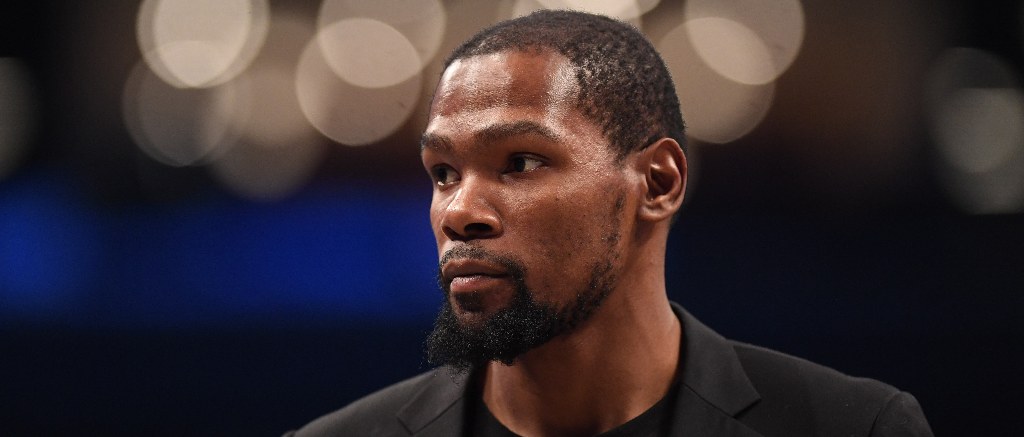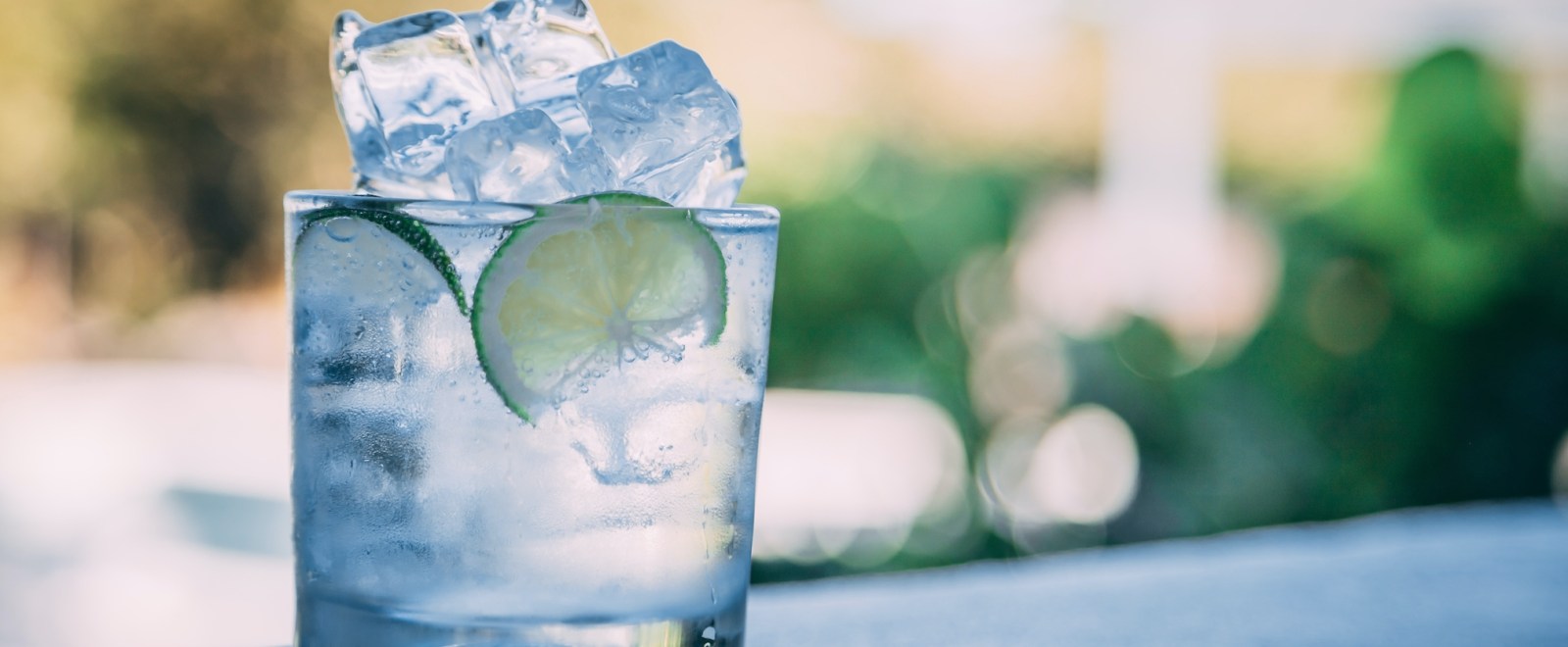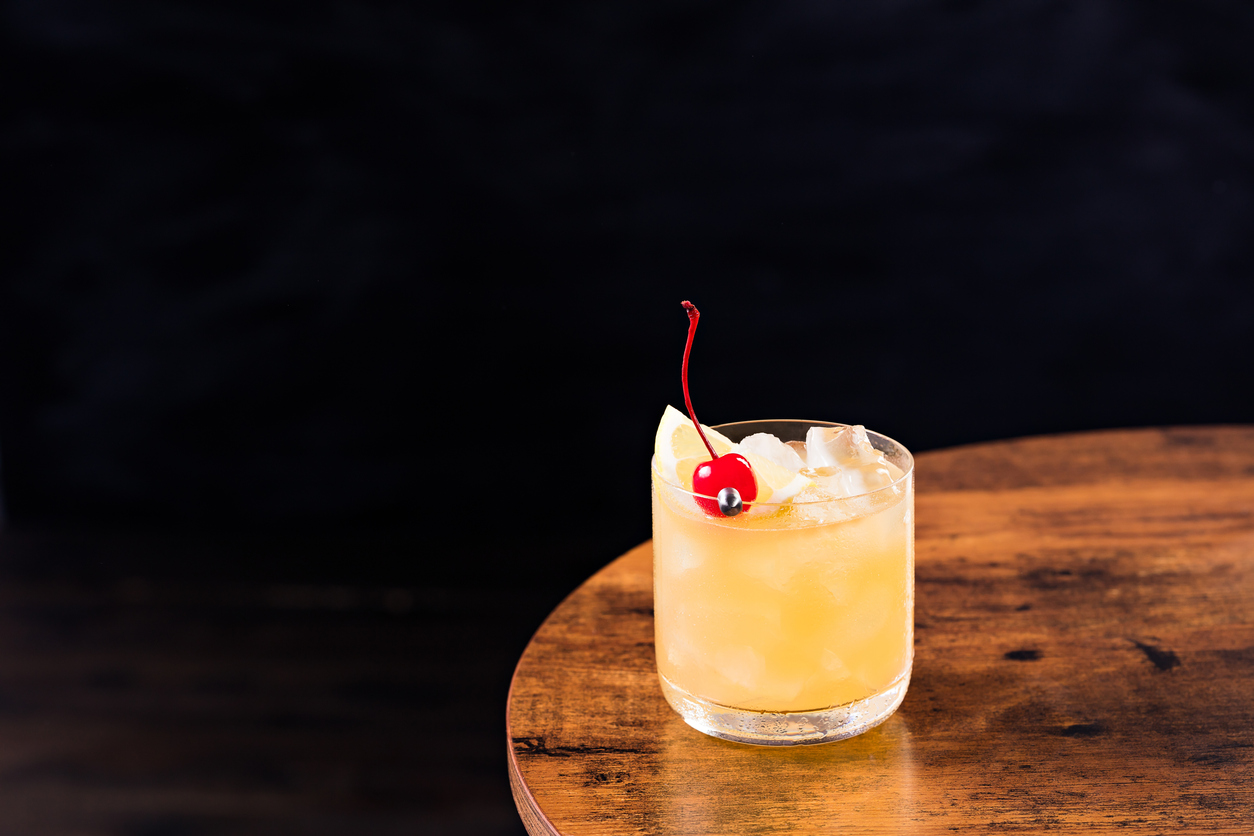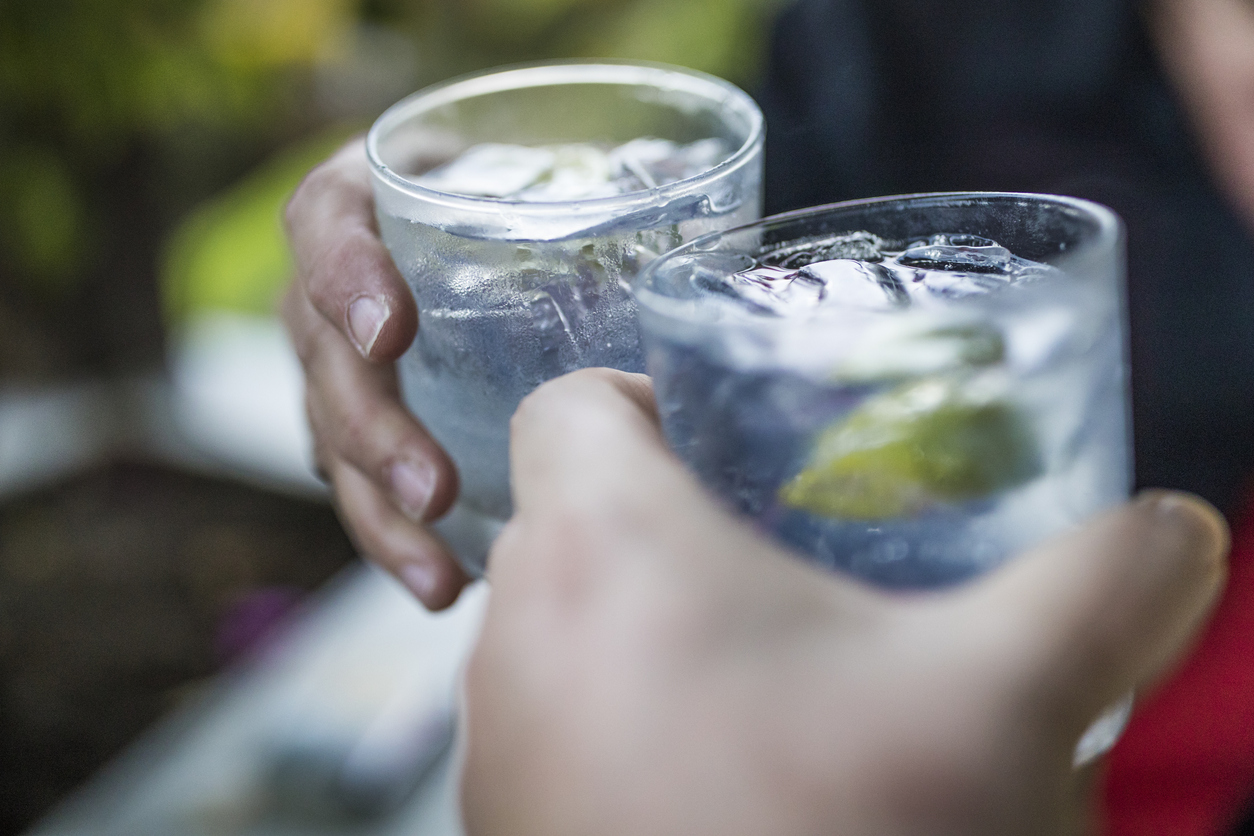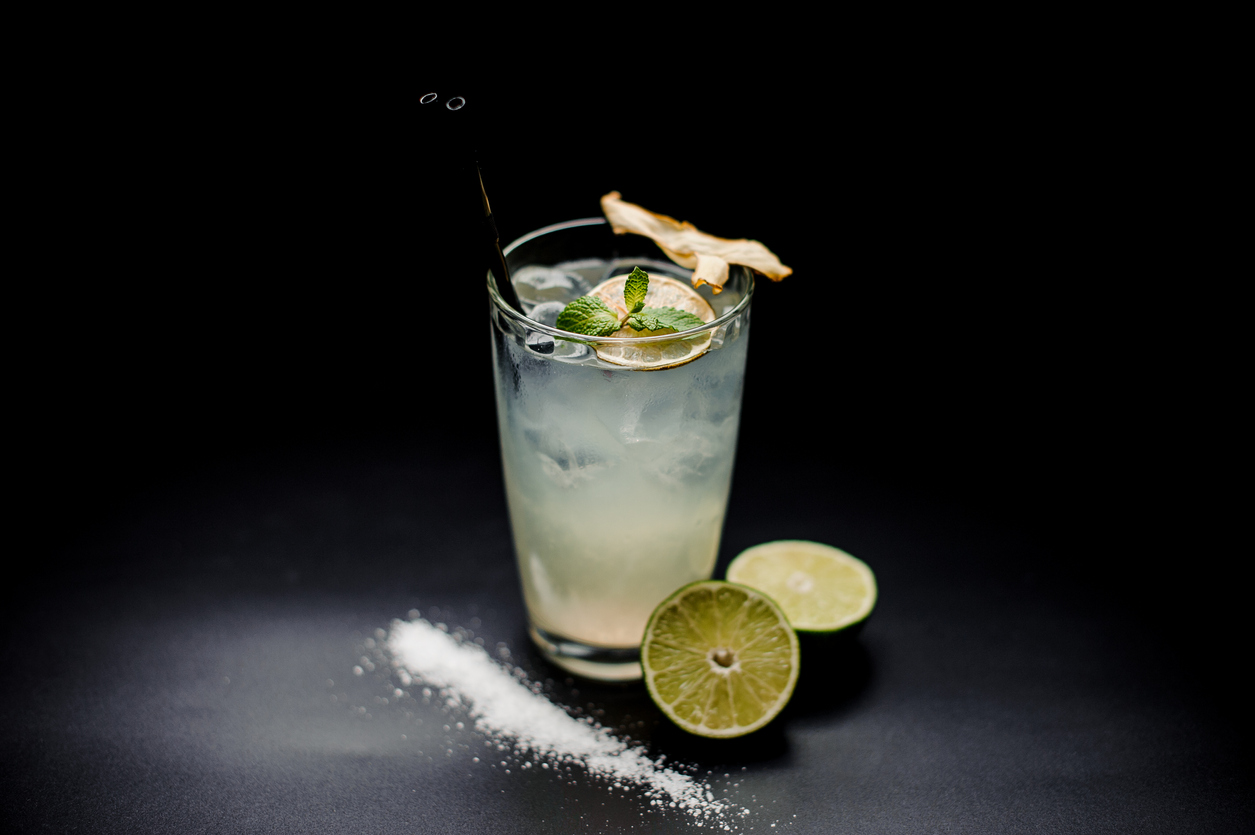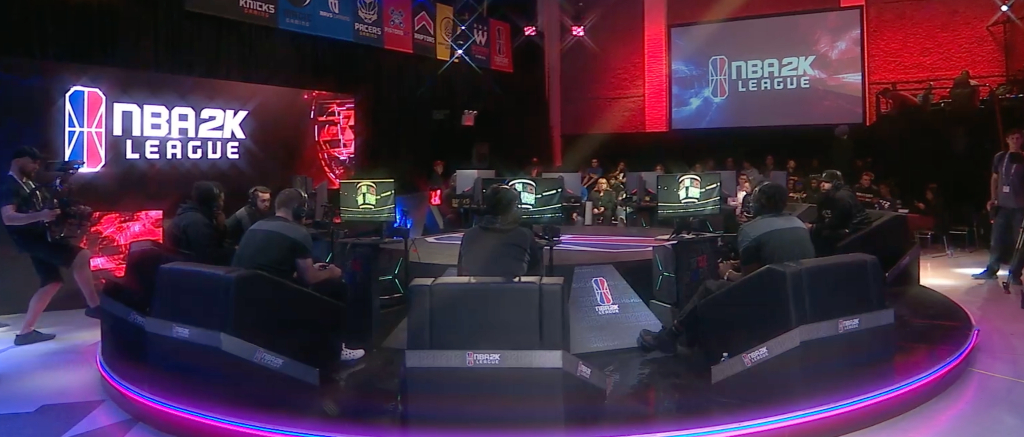
I first watched Will Ferrell’s latest, Eurovision Song Contest: The Story Of Fire Saga, while having drinks and cooking dinner for friends, which is probably the best way to experience it. Comedy, at least in movie form, so often feels hard these days, like an extended breathless attempt to squeeze the most jokes possible into the twistiest plot. Eurovision, from Wedding Crashers director David Dobkin (whose post-Wedding Crashers output has included a lot of god-awful trash) feels more like a lark, a series of riffs on a theme. It breathes, and thank God. Comedy was never supposed to feel like work. Eurovision feels like a vacation.
It’s an achievement to make a movie about the Eurovision Song Contest funny, because the Eurovision Song Contest is already funny — hilarious and absurd and extremely European. Many have failed at making comedy from already-funny things, the same way everyone trying to make a fictionalized Tiger King surely will. Eurovision Song Contest gives us all the bad pop songs and wild outfits and wigs we expect, but executes with the perfect mix of critique and reverence, all without neglecting the subtler jokes. With so much footage shot in Iceland and Scotland, it also works surprisingly well as eye candy.
Will Ferrell plays Lars Erickssong, a fluffy-haired Icelandic boy whose origin story begins with seeing Abba perform “Waterloo” on television as a child (even his name, “Erickssong,” is a subtle-ish pun on Icelandic patronymics, with “song” instead of “son” at the end). He dedicates his life to winning the contest, “so that no one can ever laugh at me again,” essentially missing the entire point of the contest. He’s quickly joined in this quest by childhood friend Sigrit Ericksdottir (the ever adorable Rachel McAdams). People keep confusing the two for siblings, to which they have to constantly reassure people that they’re “probably not.” Which is a joke on both Iceland’s relatively small population living on an island for generations, and another joke on patronymics (based on their names, both their fathers are named Erick).
None of these jokes are especially revolutionary, but they’re funny enough, and more importantly, Eurovision doesn’t subscribe to the recent school of thought where the height of comedy is constant bickering. It feels like Will Ferrell and his co-writer Andrew Steele watched a few Eurovisions and went to Iceland and simply allowed themselves to be inspired by the people and setting. Oh, and funny accents. Funny accents still play.
The strength of Eurovision is that it’s well-written enough that it might work even if it was neither a Will Ferrell vehicle nor a comedy, which isn’t normally true of Ferrell vehicles. He’s such a skilled improviser that the temptation has always been to just sort of give him a situation and stand around while he acts it out. Eurovision is Zoolander-esque in the way that it’s more about the subject than the individual actors, bouncing Ferrell off a series of memorable oddballs (including a few extremely Icelandic ones) to great effect.
When the other Icelandic aspirants to the big Eurovision contest are eliminated in an accident, Lars and Sigrit are the only ones left standing. Meanwhile, the head of Iceland’s central bank is worried that an Iceland victory could bankrupt the country (which is only just coming out of a decade-old recession). All the while, there’s a romantic subplot in which Sigrit has fallen in love with Lars but Lars is too dumb to notice. Which is complicated further when Lars encounters a love rival, in Alexander Lemtov, an absurdly baritoned Russian (presumably based on the Trolololo guy) played by Dan Stevens, who is so deliciously over the top that he practically steals the entire movie. Seriously, hire this guy for more comedies.
As opposed to, say, Judd Apatow, who seems to cast funny folks and then give them leeway to do their funniest line reads and ad-libs on a basic premise, Dobkin cast skilled dramatic actors, like Stevens (Downton Abbey, The Guest) and Pierce Brosnan (who plays Lars’ father), and has them fully commit to a silly script. Both methods can and have worked, but here Dobkins’ method feels refreshing, freeing the actors from the air of desperation that comes with improv (is this funny??) and giving it succinctness.
And then, of course, there are the songs. From Lemtov’s “Lion Of Love” (with extremely homoerotic back-up dancing) to Sigrit’s climactic power ballad, pretty much every song is at least a toe-tapper, and usually an earworm. The way Eurovision combines broken English parodies with earnest ballads and a gloriously silly pop hit medley in the middle, it’s sort of like Popstar, a jukebox musical, and a Pixar movie all rolled into one. With a handful of legitimate hit songwriters writing goofy Euro-pop parodies and on-location shooting in Iceland, it’s a movie that goes to great lengths and great expense to create a movie experience that feels easy.
‘Eurovision Song Contest: The Story Of Fire Saga’ is available June 26th on Netflix. Vince Mancini is on Twitter. You can access his archive of reviews here.


